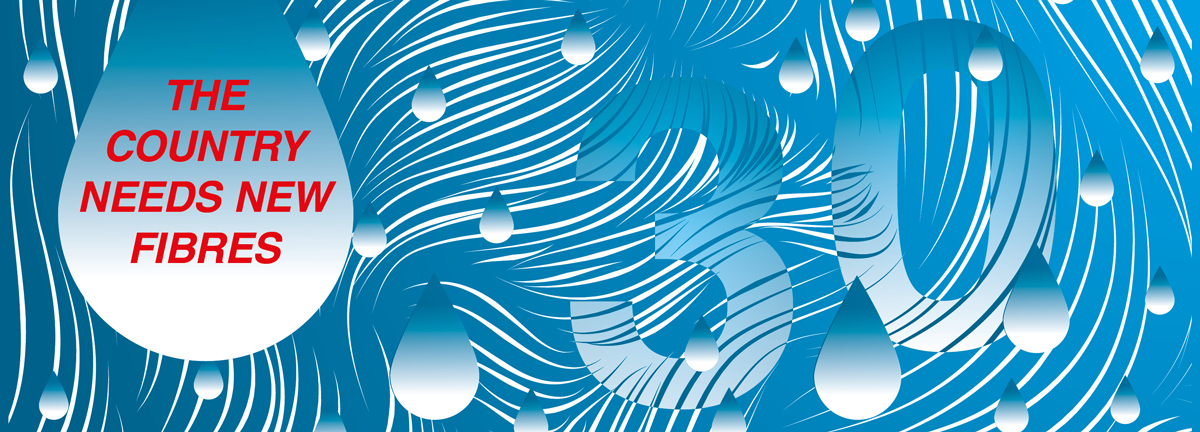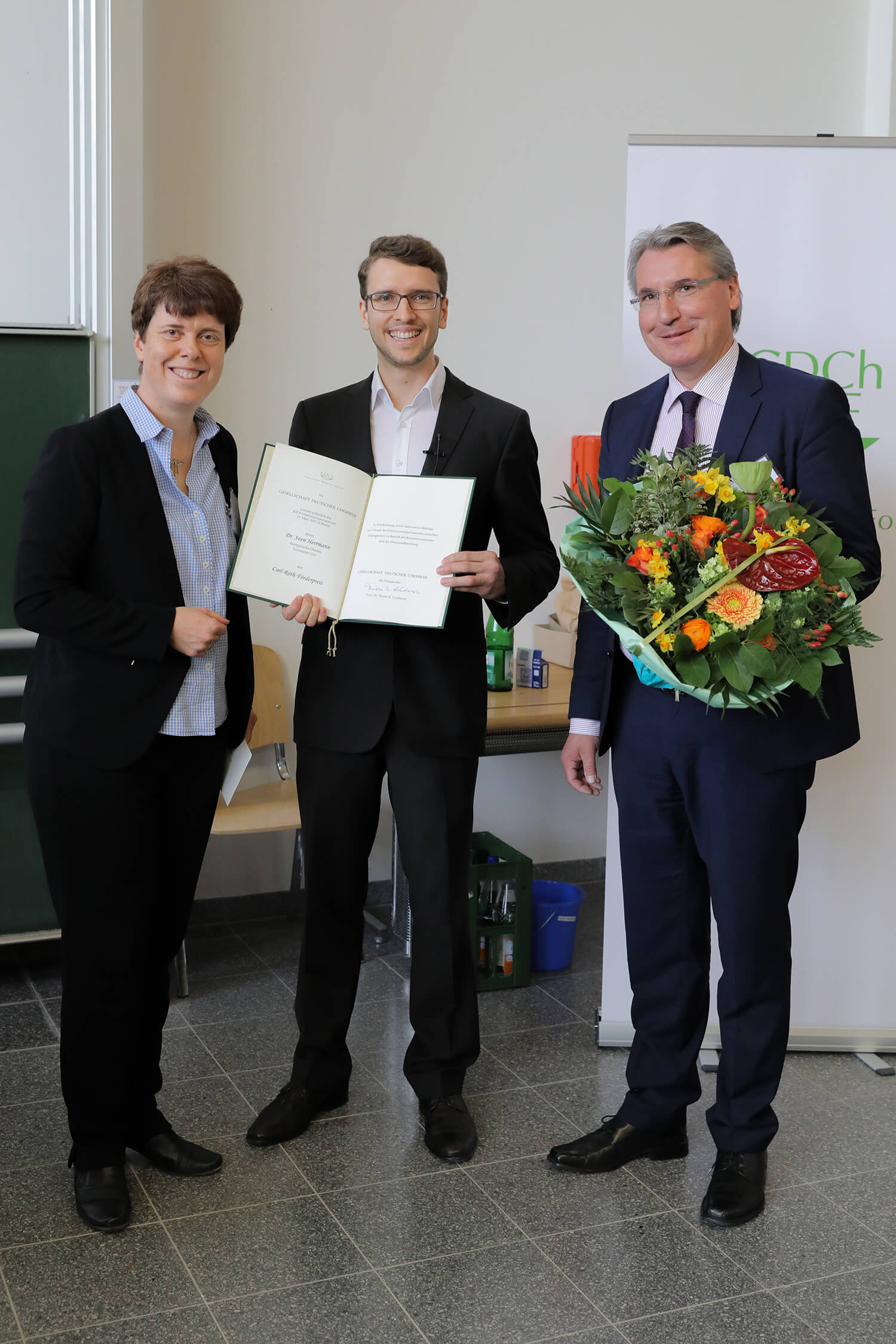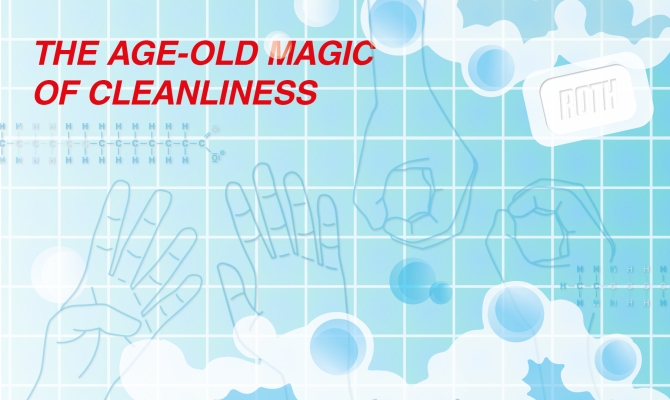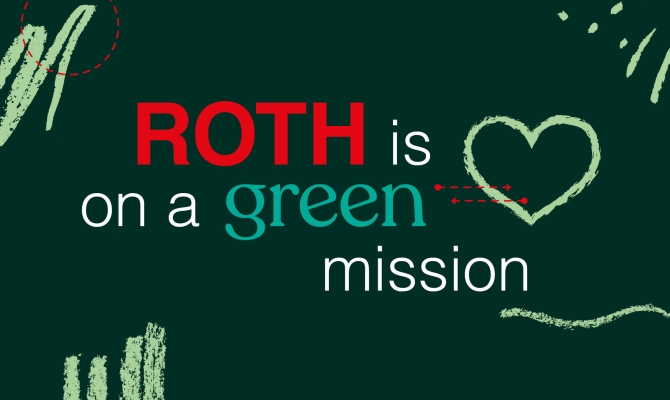
Siloxanes
New fibres urgently wanted!
You can finally enjoy swimming, hiking and go camping without a guilty conscience – at a laboratory of the Swiss Federal Laboratories for Materials Science and Technology (Empa), a quiet revolution in textiles is under way. Working in collaboration with industry partners, the Laboratories for Materials Science and Technology has been able to replace harmful PFAS chemicals in textile coatings with environmentally-friendly siloxanes. Laboratory tests show that chemical impregnation with siloxanes could represent the future of a huge industry.
PFAS chemicals are (still) everywhere
For decades, fluorochemicals (perfluoroalkyl and polyfluoroalkyl substances, also known as PFAS chemicals) were considered to be a silver bullet of the textile industry when it came to manufacturing functional fabrics. PFAS chemicals ensure that swimming trunks, rain jackets and tents are water-repellant, dirt-resistant and durable. They also prove to be all-rounders around the home, providing coatings for pans and protecting upholstery from stains, among other applications.
However, the price for people and the environment is high. Carbon-fluorine substances are considered to be “forever chemicals” because they cannot be broken down. They accumulate in the environment and, sooner or later, in the human body.
Siloxanes – more than just an alternative from a plasma research laboratory
In partnership with Swiss textile companies, researchers at Empa are developing an alternative coating process that retains the positive properties of PFAS chemicals, while also being eco-friendly.
With his team, Dirk Hegemann from Empa’s Advanced Fibers laboratory in St. Gallen, Switzerland, uses highly interconnected siloxanes that can produce a layer that is remarkably similar to silicone. The trick behind this is that the siloxanes are further processed using a high-tech procedure from plasma technology.
These siloxanes are atomised and activated by a reactive, fluorine-free gas in plasma systems. This allows the siloxanes to connect to the surface of each individual fibre. The result is a virtually invisible, but highly effective protective layer in the form of an approximately 30 nanometre-thin water-repellant shell.
The coated threads can then be processed into a wide range of water-repellant textiles. For example, they can be turned into garments or upholstery fabrics.
Hydrophobic siloxanes are ideal for textile coatings
Siloxanes’ chemical properties make them a logical choice for contemporary textile impregnations. Siloxanes – the chemical basis of silicones – consist of repeating units of silicone (Si) and oxygen (O) that are linked with organic radicals, such as methyl groups. This molecular architecture is special because it brings together several key properties – high flexibility, thermal stability and a strong hydrophobic effect. This is thanks to the low polarity of the methyl groups and the low surface energy of the siloxane chain. These two factors ultimately enable water to be effectively repelled from the coated textile fibres.
Good, better, siloxanes
Laboratory tests by Empa have shown that the innovative coating method has some considerable advantages compared with traditional wet-chemical processes.
Even elastic textiles can be coated without any difficulties because the atomised siloxanes can penetrate into all windings of complex structured textile fibres. The researchers were able to impregnate sophisticated fibres for the first time.
In addition, the textiles absorb less water and dry more quickly than commonly coated fabrics because the siloxane layer is more strongly hydrophobic.
However, the most noticeable improvement is reflected in the long-term use. When compared with many fluorine-coated textiles, siloxane materials still retain their functionality after several washes. Overall, the textiles are of higher quality and can be kept in the textile cycle for even longer.
Higher quality and reduced environmental impact
However, according to researchers, probably the decisive argument in favour of siloxanes is their reduced impact on people and the environment.
While fabrics and materials that have been treated with PFAS chemicals increase the risk of cancer and diabetes, as well as reducing fertility, among other effects, siloxane and the plasma process are generally considered to be an environmentally-friendly alternative. They are not as persistent as PFAS and instead join natural material cycles – including over longer timescales.
Conclusion
The siloxane coating method has the potential to positively change the textile industry, both with respect to environmental technology and function. It’s therefore not surprising that the textile industry is already showing keen interest in the procedure. This is because most PFAS chemicals will not have a future in the long run. Indeed, some PFAS substances are already banned. This makes it all the more important to enable the general textile market to make use of the new process. Hegemann and his team are working to develop the fluorine-free laboratory procedure into a high-performance, economically viable process.
For important research work and innovative processes: Carl ROTH equips you with aids for all aspects of your laboratory work.
Please visit our online shop: www.carlroth.com
Sources:
https://idw-online.de/de/news831979
https://www.chemiepharma-innovation.ch/chemieindustrie/wasserabweisende-textilien-ohne-pfas





